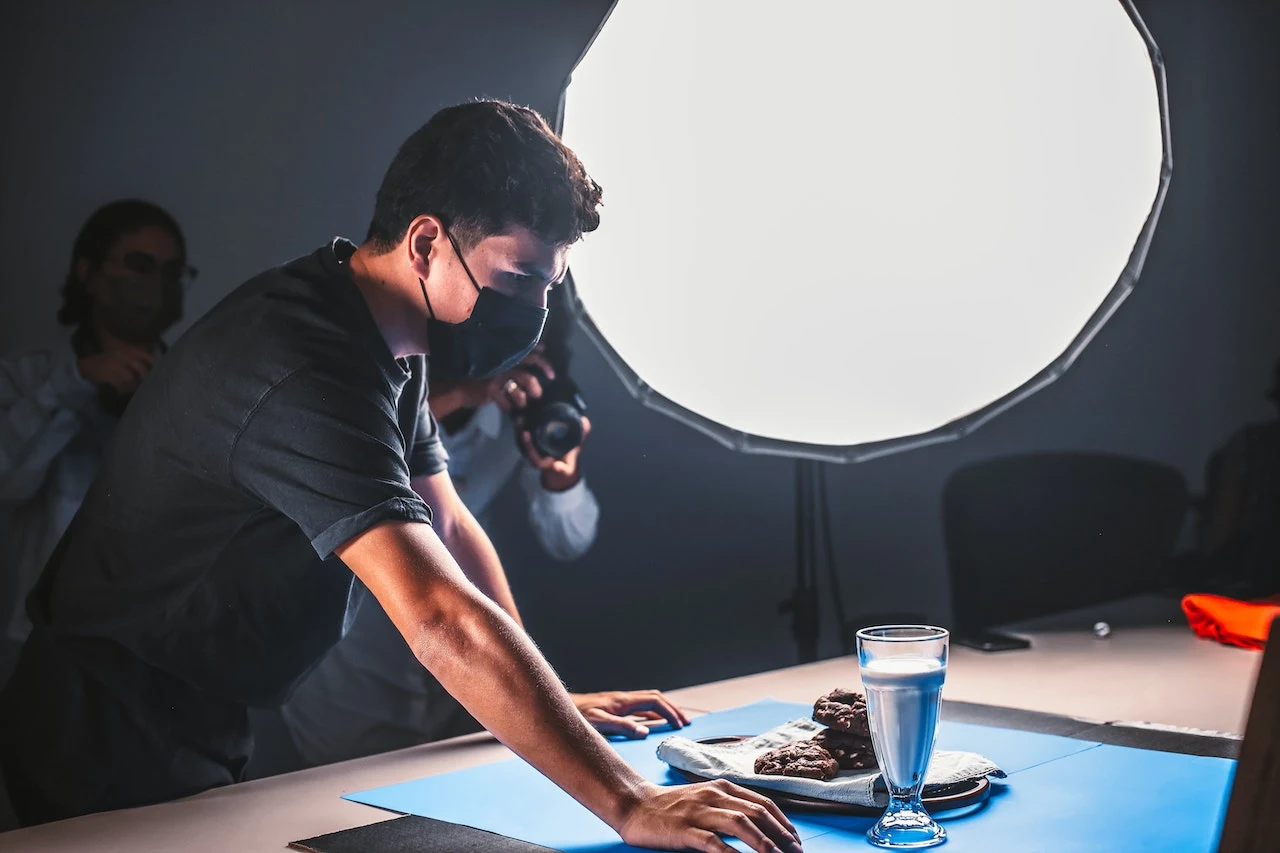Crafting Quality Product Photography for 2023: Best Practices
Product photography is a crucial element in promoting a product and capturing potential customers' attention. In today's fast-paced and competitive market, businesses need to stay updated with the latest product photography best practices to stand out.
This blog will cover the essential tips and tricks to help you create high-quality product photography that speaks to your audience and converts them into customers.
Pro Tips for Product Photography in 2023

1. Equipment and Set-up
The right equipment and set-up are crucial for capturing high-quality product photography. It's recommended to use a DSLR or mirrorless camera with a minimum of 24-megapixel resolution to capture high-resolution images. You will also need a tripod to keep the camera steady and avoid blurry photos.
You can use natural, continuous, or strobe lighting, depending on your preferences and the type of product you photograph.
Natural light is an excellent option for products that require a soft and natural feel, while continuous light is ideal for showing off reflective surfaces, such as jewellery or glassware. Meanwhile, strobe lighting is perfect for products that require high levels of contrast and detail.
2. Planning and Preparation
Planning and preparation are crucial for ensuring a successful product photography shoot. Before starting, make a shot list that outlines the images you need and the angles you want to capture. Taking test shots before committing to a specific angle or composition is also a good idea.
Choosing the right background is also essential for effective product photography. While a plain white background is the most common choice, you may consider using coloured or patterned backgrounds to create a unique look. Regardless of your choice, ensuring that the background is even and consistent in all images is essential to maintain a professional look.
3. Latest Product Photography Trends
Keeping up with the latest product photography trends is essential to stand out from the competition. In 2023, the trend is to incorporate lifestyle elements in product photography to create a more natural and authentic look. This includes using props, creating a storytelling environment, and showing the product in use.
Another trend is the use of 360-degree product photography, which provides a 360-degree view of the product and helps customers visualize the product in more detail.

4. Editing and Post-Production
Editing and post-production can significantly enhance the quality of your product photography. In addition to adjusting brightness, contrast, and colour, you may also consider retouching and compositing to remove blemishes, reflections, or other imperfections.
However, it's crucial to maintain a natural and authentic look in your images. Avoid over-editing, which can make the product look fake and unappealing. It's also essential to ensure that the final images are consistent in colour, brightness, and background.
Common Mistakes to Avoid
1. Poor Lighting
Poor lighting can ruin even the best product photography. In 2023, it's recommended to use soft, even lighting to create a natural and balanced look. Avoid using harsh and direct light that creates hard shadows and highlights.
2. Inconsistent Backgrounds
Inconsistent backgrounds can make product photography look unprofessional and messy. In most cases, it's recommended to use a plain white background to keep the focus on the product.
To achieve consistent backgrounds, it's advisable to use a background remover tool that automatically removes the background and replaces it with a plain, coloured or patterned background. A background remover tool can help achieve consistent backgrounds in all product photography.

3. Poor Composition
The poor composition can lead to a confusing and cluttered image. The poor composition can make your product photography look cluttered and confusing. Consider using the rule of thirds, which involves dividing the frame into thirds horizontally and vertically and placing the product at one of the intersections. You may also use props and other elements to create a visually appealing and engaging image.
4. Inconsistent Image
Inconsistent images can make your product look unprofessional and unappealing. To avoid this, ensure that your images are consistent in terms of lighting, background, and angle. This will create a cohesive and professional look.
Key Takeaways
Producing quality product photography for 2023 requires a combination of the right equipment and set-up, planning and preparation, staying up-to-date with the latest product photography trends, and editing and post-production.
By following these best practices, you can create high-quality product photography that effectively showcases your products, increases your brand awareness, and converts potential customers into loyal customers. Remember to keep your audience in mind and focus on creating images that resonate with them and communicate your products' value and benefits.


Post a Comment